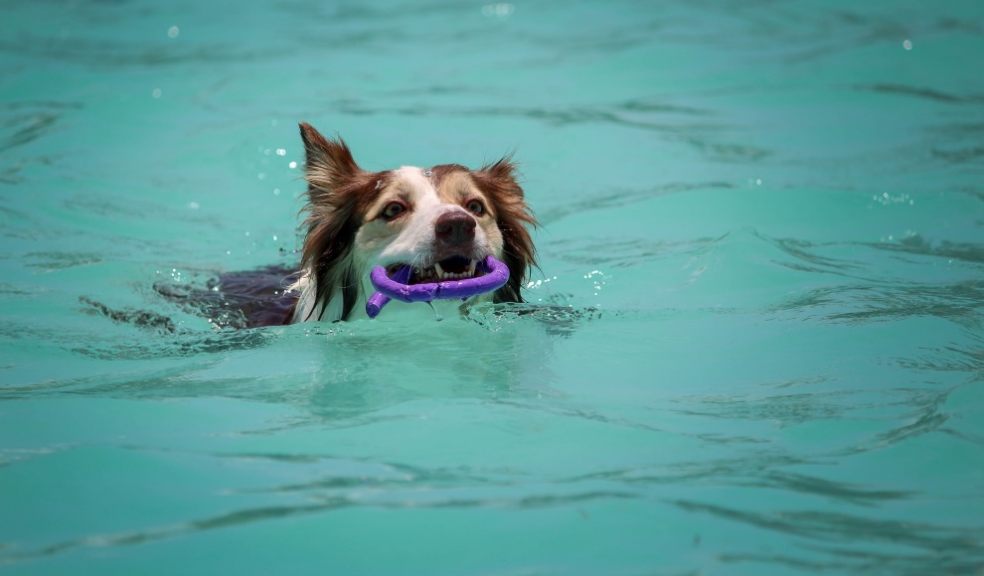
Form DNA Testing to Hydrotherapy: Dive into Recovery for Dogs
Treating chronic conditions in dogs is difficult to work out the best way forward. We recommend that you start with getting a pet DNA test as finding out the exact breed you have can help pinpoint the treatment. Also a DNA test can look at the wider health implications and make up of your pet that can be a big step in picking the correct medication.
Dogs that are not responding to other forms of treatments calls for taking less conventional approaches towards healing such as hydrotherapy. Like human tissue, canine muscles can receive numerous benefits from rehabilitation through the use of low-resistance workouts performed in water. The applications of hydrotherapy designed for canines varies greatly, making it a valuable resource for a dog's recovery in many different traumatic situations. The majority of people seeking out this form of treatment for their pet are interested in its ability to promote healing after operations or ease the suffering that may be associated with a chronic condition such as arthritis. However, many owners find that their dogs receive a great deal of positive results simply from using these treatments as a form of exercise.
The swimming motion that dogs use when paddling in the water works out a huge number of muscular systems within their bodies, all while creating little or no impact that can further existing injuries or cause new ones. Hydrotherapy is often recommended by vets who are concerned for a pet's ability to exercise in order to lose weight as well. Often, the excess body fat dramatically increases the risk of injury for a dog during exercise sessions. Hydrotherapy takes these risks out of play during the dog's period of recovery. Injuries to ligaments also present unique problems for dogs in recovery that hydrotherapy is particularly adept at overcoming.
The pools used in this practice are specially designed to meet the needs of the program and the animal. The water will be heated in order to encourage the relaxation of the dog's muscles, and the water itself is chlorinated to prevent infections and other harmful effects during treatment. In cases where a slight element of resistance is needed to make progress, jets will be included as well. The dog is maintained in position within the water using a harness that attaches to their body from above. Canine hydrotherapy is also finding itself to be an increasingly popular alternative to prescription painkillers and medication given to dogs during periods of rehabilitation.
The exercise that dogs receive during hydrotherapy treatments has been proven to slow the development of a large number of degenerative diseases including arthritis and osteoporosis. The activity also quickens healing times after dogs have undergone operations. Many times, puppies are diagnosed with conditions that require operations which they cannot withstand until they have reached a certain level of maturity. In these cases, hydrotherapy is an ideal method for fighting off the effects of the disease until the dog is old enough to have the necessary operation. Also among the particular types of conditions that can be best treated with hydrotherapy are spinal injuries and conditions that have damaged nerve endings. The aquatic exercising conditions allow the dog's body the best possible environment for regenerating nerve fibers. People searching for hydrotherapy programs for their dogs will find that there are facilities that are geared both towards general exercise regiments and those that are designed specifically for clinical rehabilitation.

















